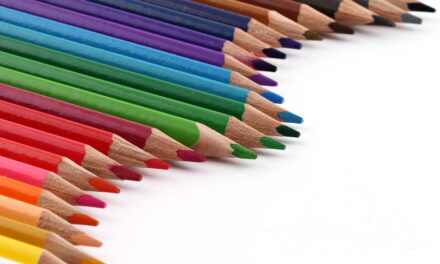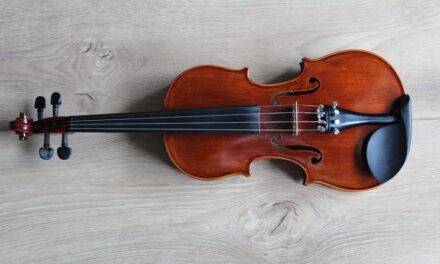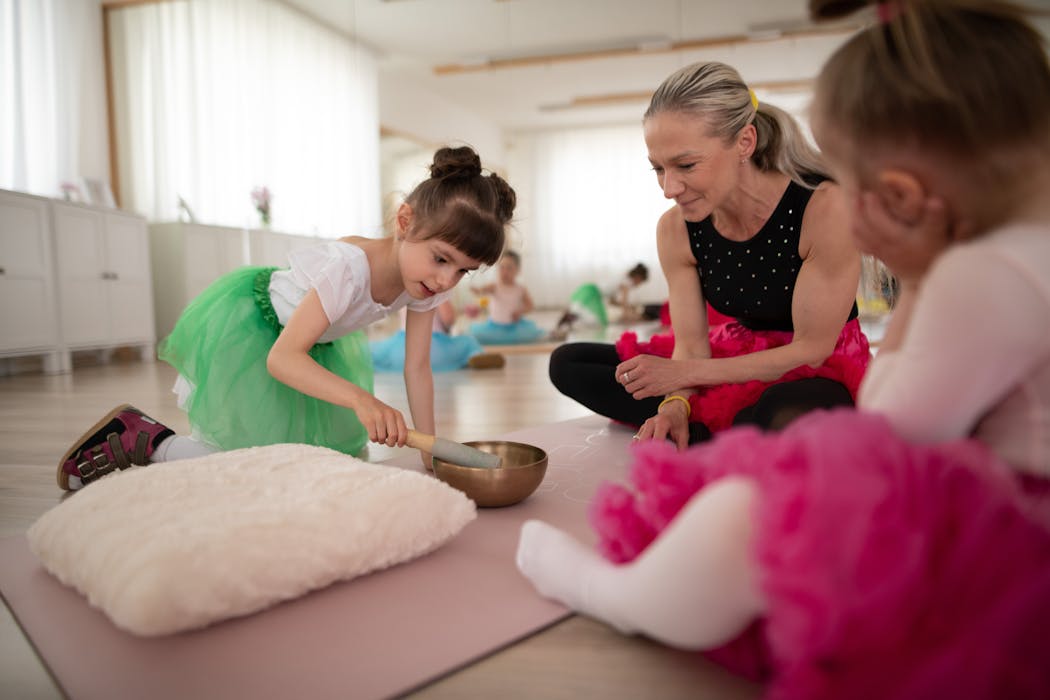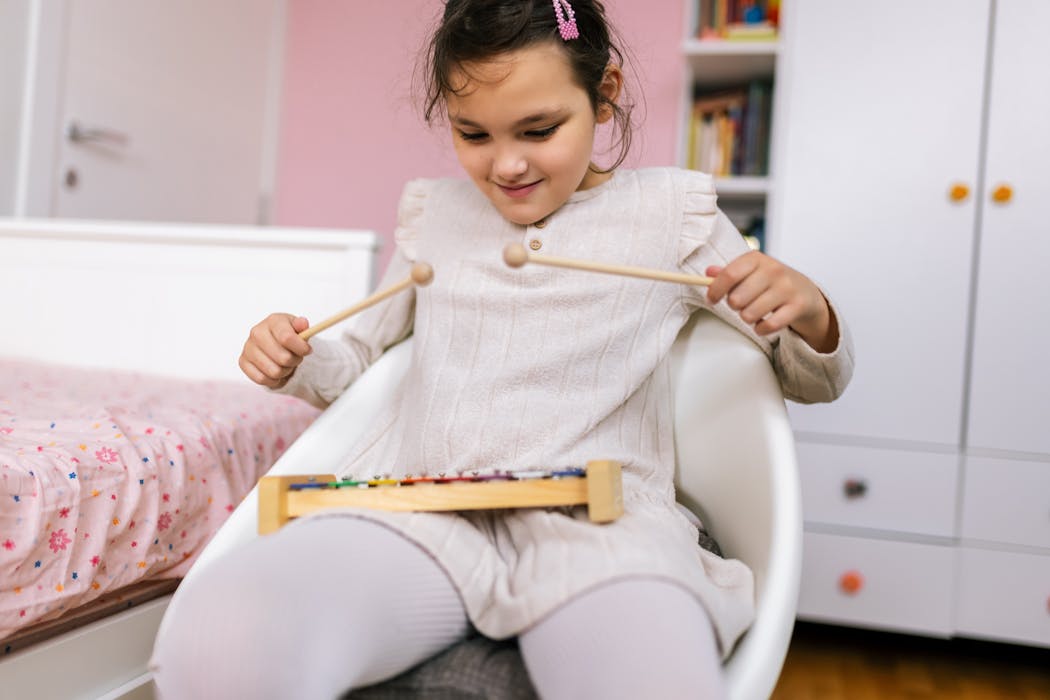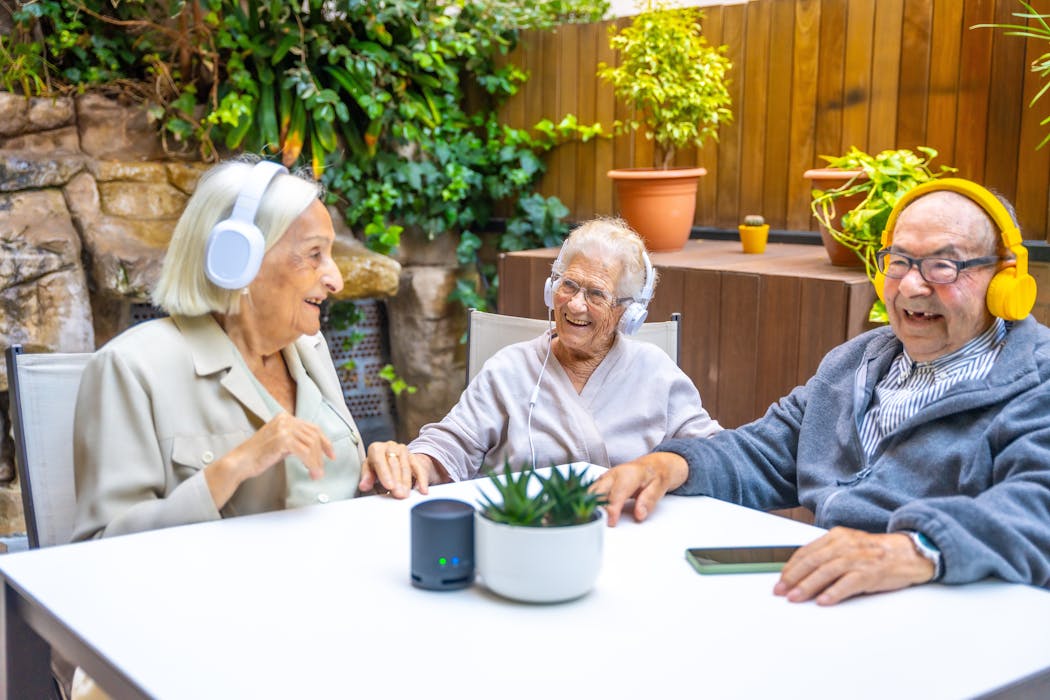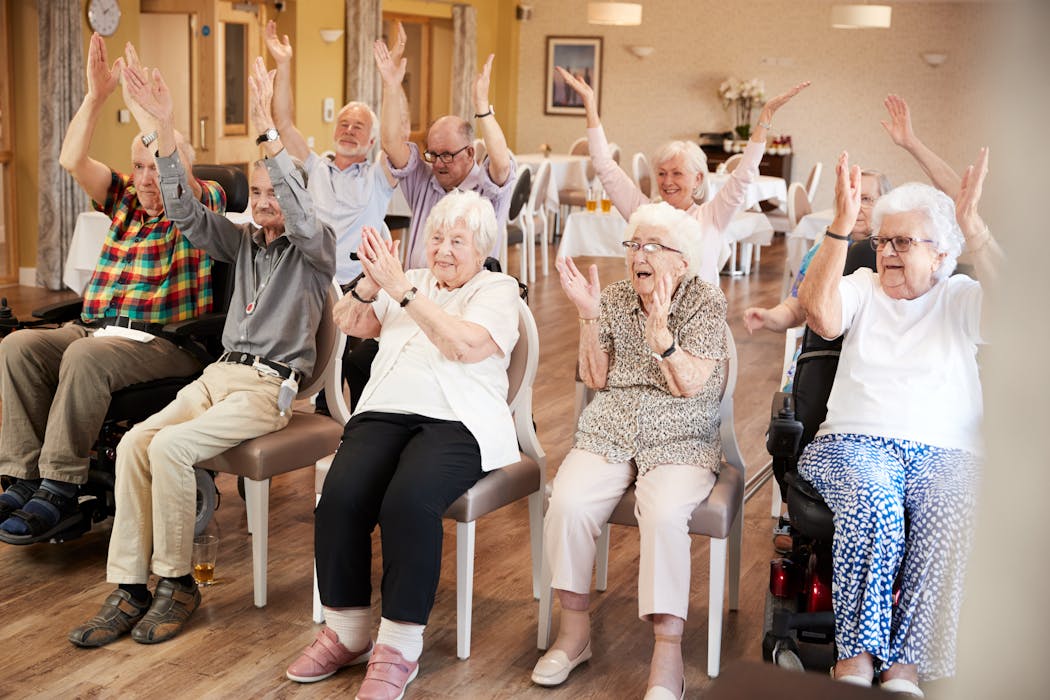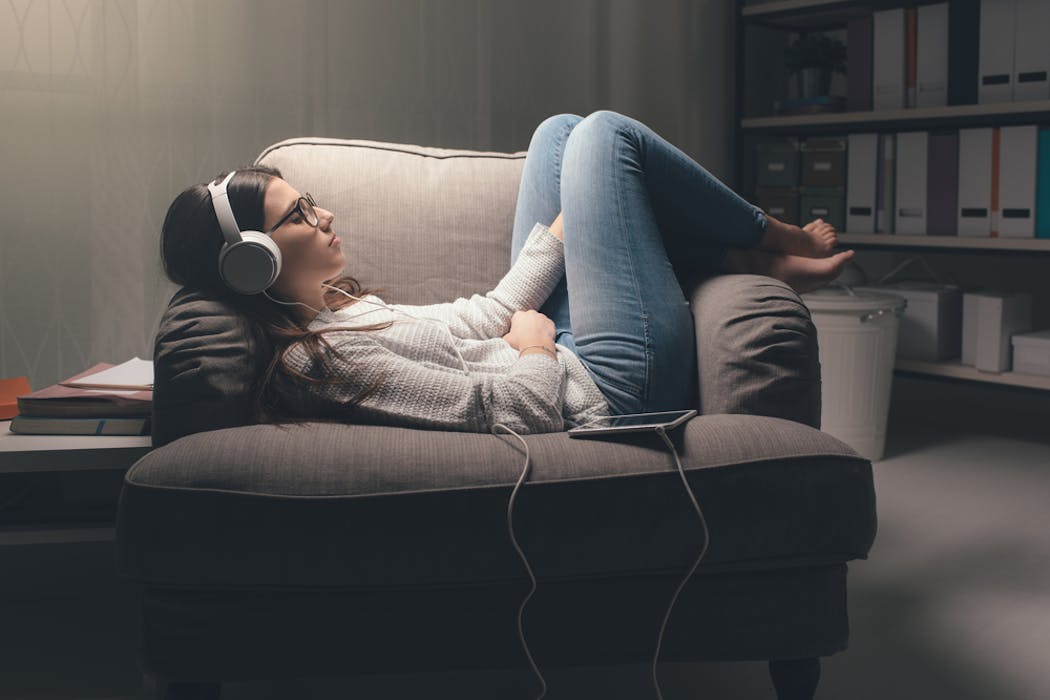Introduction
Art therapy is a form of therapy that utilizes the creative process of making art to improve mental health and well-being. It is based on the belief that the process of creating art can be therapeutic and healing. Mental health is a crucial aspect of overall well-being, and art therapy offers a unique and effective approach to addressing and improving mental health issues.
What is art therapy and how does it work?
Art therapy is a form of therapy that uses art-making as a means of communication and self-expression. It is a non-verbal form of therapy that allows individuals to express their thoughts, feelings, and emotions through the creation of art. The process of creating art in a therapeutic setting is guided by a trained art therapist who helps individuals explore their inner world and gain insight into their thoughts and emotions.
Art therapy works by providing a safe and supportive environment for individuals to express themselves creatively. The act of creating art can be cathartic and can help individuals process and release emotions that may be difficult to express verbally. Through the art-making process, individuals can gain a deeper understanding of themselves and their experiences, leading to personal growth and healing.
The benefits of art therapy for mental health
Art therapy has been shown to have numerous benefits for mental health. One of the primary benefits is the reduction of anxiety and depression. The act of creating art can be calming and soothing, helping to alleviate symptoms of anxiety and depression. Additionally, art therapy provides a creative outlet for individuals to express and explore their emotions, which can help to reduce feelings of sadness and hopelessness.
Another benefit of art therapy is the improvement of self-esteem. Creating art allows individuals to tap into their creativity and express themselves in a unique and personal way. This can boost self-confidence and self-worth, as individuals see the value and beauty in their own creations. Art therapy also provides a non-judgmental space for individuals to explore their creativity, which can help to build a positive self-image.
Art therapy also enhances problem-solving skills. The process of creating art requires individuals to think creatively and find solutions to artistic challenges. This can translate to real-life problem-solving skills, as individuals learn to approach challenges with creativity and flexibility. Art therapy can also help individuals gain a new perspective on problems, as they explore different artistic techniques and materials.
Art therapy as a tool for stress relief and relaxation
Art therapy can be a powerful tool for stress relief and relaxation. The act of creating art can be meditative and can help individuals focus their attention and quiet their minds. The repetitive motions involved in art-making, such as painting or drawing, can induce a state of relaxation and calmness.
Art therapy also incorporates various relaxation techniques, such as deep breathing and mindfulness, to further enhance the relaxation response. These techniques help individuals to become more present in the moment and to let go of stress and tension. By engaging in art therapy, individuals can experience a sense of peace and tranquility, which can have a positive impact on their overall well-being.
The role of creativity in promoting emotional healing
Creativity plays a vital role in promoting emotional healing. When individuals engage in the creative process, they tap into their imagination and intuition, allowing them to explore and express their emotions in a unique and personal way. This can be particularly beneficial for individuals who struggle with verbal expression or who find it difficult to articulate their emotions.
Art therapy provides a safe and supportive space for individuals to explore and express their emotions. Through the creation of art, individuals can externalize their emotions and gain a new perspective on their experiences. This can lead to a sense of emotional release and healing, as individuals are able to process and make sense of their emotions in a tangible and visual way.
Enhancing self-awareness and personal growth through art therapy
Art therapy can enhance self-awareness by providing individuals with a means to explore their inner world and gain insight into their thoughts, feelings, and behaviors. Through the art-making process, individuals can uncover unconscious thoughts and emotions, leading to a deeper understanding of themselves.
Art therapy also promotes personal growth by encouraging individuals to take risks and step outside of their comfort zones. The creative process can be challenging and can require individuals to confront their fears and insecurities. By pushing through these challenges, individuals can develop resilience and confidence, leading to personal growth and self-improvement.
Art therapy for individuals with anxiety and depression
Art therapy can be particularly beneficial for individuals with anxiety and depression. The act of creating art can provide a sense of control and mastery, which can help to alleviate symptoms of anxiety. Additionally, art therapy provides a non-judgmental space for individuals to express and explore their emotions, which can be particularly helpful for individuals with depression.
Art therapy techniques such as collage and journaling can also be effective in helping individuals with anxiety and depression. Collage allows individuals to create visual representations of their thoughts and emotions, while journaling provides a written outlet for self-expression. These techniques can help individuals gain insight into their emotions and develop coping strategies for managing anxiety and depression.
The impact of art therapy on physical health
Art therapy can have a positive impact on physical health as well. Engaging in the creative process can help to reduce stress, which in turn can have a positive effect on physical health. Chronic stress has been linked to a variety of health problems, including heart disease, high blood pressure, and weakened immune function. By reducing stress through art therapy, individuals can improve their overall physical well-being.
Art therapy can also improve fine motor skills and coordination, particularly in individuals with physical disabilities or injuries. The act of creating art requires precise movements and hand-eye coordination, which can help to improve motor skills and dexterity. This can be particularly beneficial for individuals recovering from physical injuries or conditions that affect motor function.
Art therapy in addiction recovery and trauma healing
Art therapy can be a valuable tool in addiction recovery and trauma healing. The creative process allows individuals to explore and express their emotions in a safe and non-threatening way, which can be particularly helpful for individuals in recovery from addiction or trauma. Art therapy provides a means for individuals to process and release emotions that may be difficult to express verbally.
Art therapy techniques such as mandala drawing and clay work can be particularly effective in addiction recovery and trauma healing. Mandala drawing allows individuals to create circular designs that represent wholeness and balance, which can be particularly healing for individuals recovering from addiction or trauma. Clay work provides a tactile and sensory experience, allowing individuals to physically mold and shape their emotions, which can be therapeutic and empowering.
Art therapy in group settings: fostering community and connection
Art therapy can be particularly powerful in group settings, as it fosters a sense of community and connection. Creating art together allows individuals to share their experiences and support one another in a non-verbal and non-judgmental way. This can create a sense of belonging and acceptance, which can be particularly beneficial for individuals who may feel isolated or disconnected.
Group art therapy sessions often incorporate collaborative art-making activities, where individuals work together to create a collective piece of art. This can promote teamwork and cooperation, as individuals learn to communicate and collaborate with others. Group art therapy can also provide a sense of validation and understanding, as individuals realize that they are not alone in their struggles.
How to incorporate art therapy into your self-care routine
Incorporating art therapy into your self-care routine can be a powerful way to promote mental health and well-being. One way to incorporate art therapy into your self-care routine is to set aside regular time for creative expression. This can be as simple as spending a few minutes each day doodling or coloring in a coloring book. The act of creating art, no matter how small or simple, can have a positive impact on your mental health.
Another way to incorporate art therapy into your self-care routine is to attend art therapy workshops or classes. Many community centers and art studios offer art therapy workshops that are open to the public. These workshops provide a structured and supportive environment for individuals to explore their creativity and engage in the art-making process.
Conclusion
Art therapy is a powerful tool for promoting mental health and well-being. It offers a unique and effective approach to addressing and improving mental health issues. By engaging in the creative process, individuals can express and explore their emotions, gain insight into their thoughts and behaviors, and develop coping strategies for managing stress and anxiety. Art therapy can be incorporated into self-care routines and can be particularly beneficial for individuals with anxiety, depression, addiction, and trauma. If you are looking for a creative and therapeutic outlet, consider trying art therapy for mental health and self-care.
Find out how Torongo Therapyplus can help you with your needs. Get in touch with us at smile@torongo.life, or call us on 02 8809 9965.


